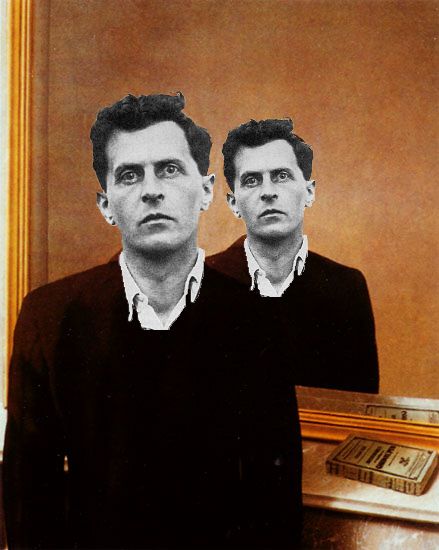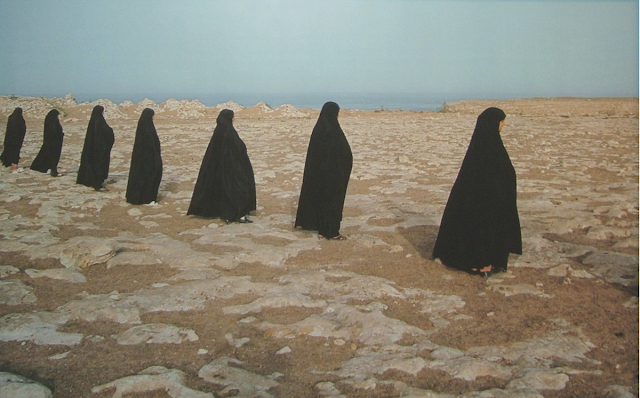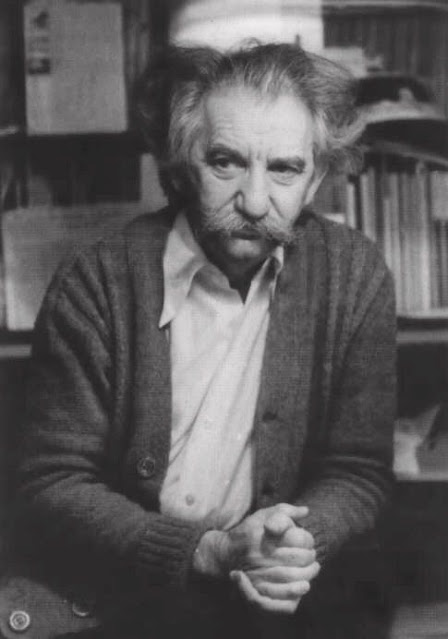Julia Kristeva and the Political

Julia Kristeva, 1941 The psychoanalytic concept of symbolic law refers to the form-giving function of social structures and institutions including language itself; Symbolic law supports bodily experiences and semiotic drives in meaningful signifying systems. Today, loving forms of social support are rare, as bodies silently suffer the disconnection from form-giving law, law itself "suffers" the disconnection of drives and affects [...]. These resonances deepen in Kristeva's more recent three-volume series on the "powers and limits of psychoanalysis" - The Sense and Nonsense of Revolt (1996), - Intimate Revolt (1997), -Hatred and Forgiveness (2005). There, she connects the emptying of symbolic law to the elaboration of regulatory power that reduces subjects to bodies of organs, bios to zoe. Engaging implicitly, if not explicitly with biopolitical themes, Kristeva warns that the expansion of regulation produces a "Life and Death" [...] a life for




